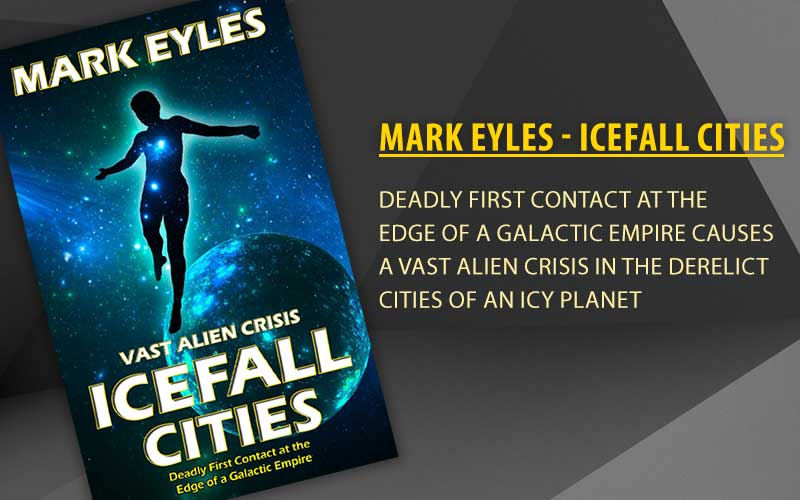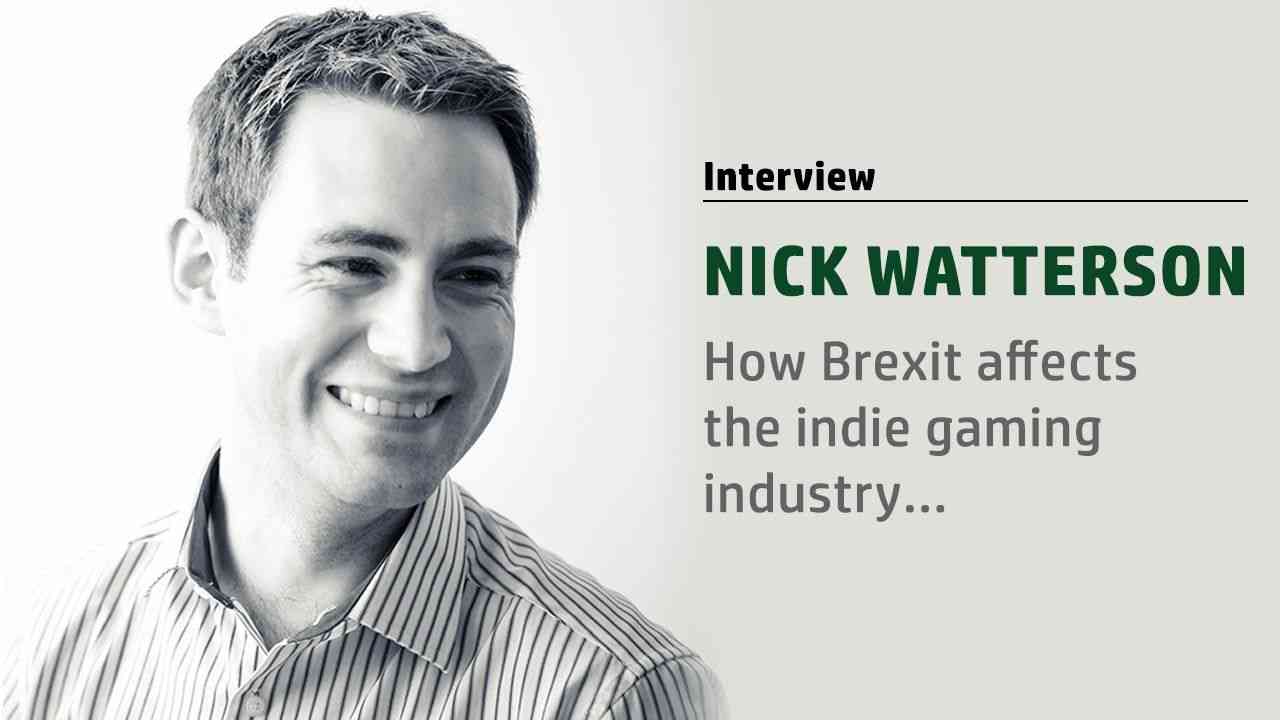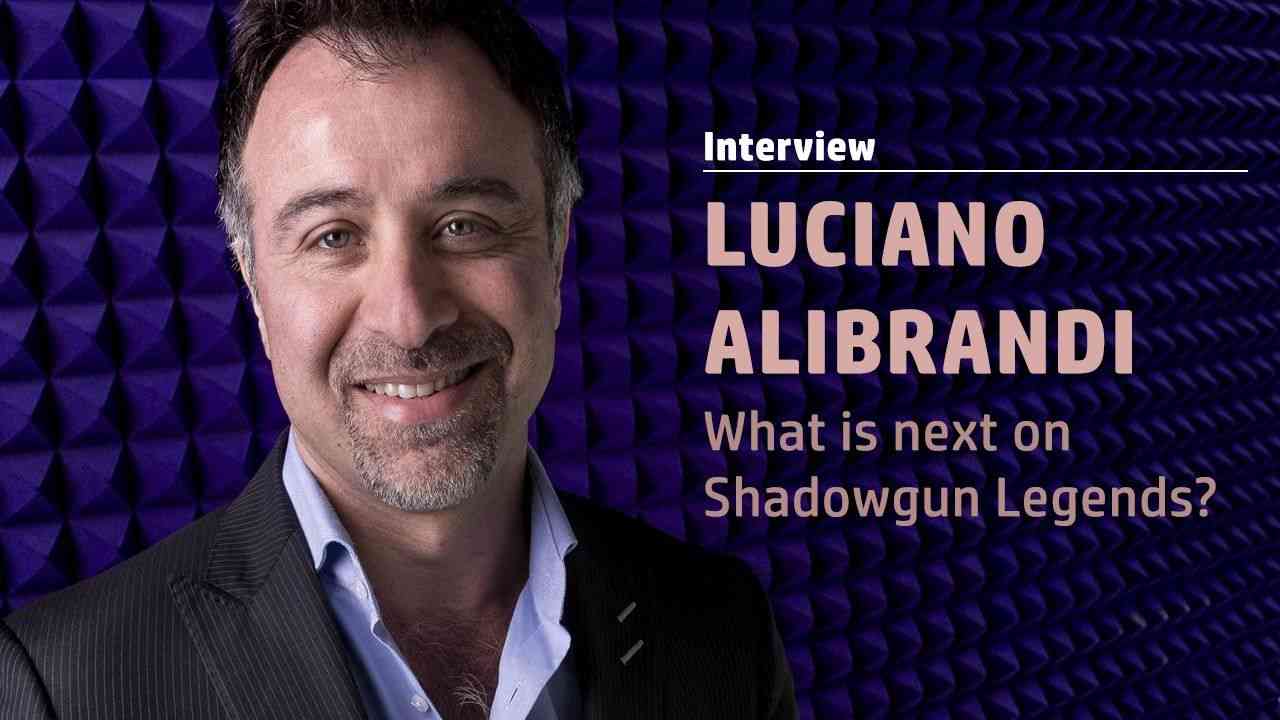Mark Eyles interview: One of the names behind Back to the Future video game
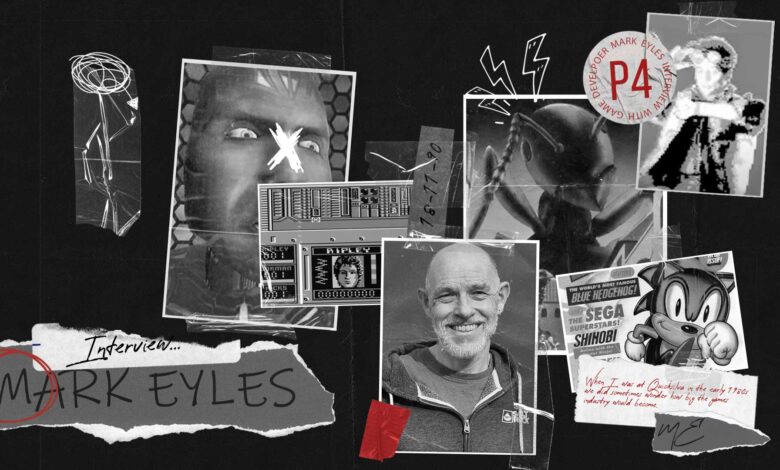
Mark Eyles is one of the veterans of gaming industry. I had a chance to meet him. I wanted to take this opportunity and do an interview. He didn’t offend me and answered my questions. We talked the game world from past to present.
Mark Eyles
PLAY4UK: Although we old players know you, can you introduce yourself for our young friends and those who don’t?
Mark Eyles: I started out in the games industry in 1981 at a company called Quicksilva. One of the first game development and publishing companies in the UK. After we sold Quicksilva in 1984 I freelanced as a game designer. I think one of the first designers in the UK, as the role had not yet been established. I helped run a couple of game development companies (Focus Creative Enterprises, Hollis Research) and worked on titles such as Aliens, Lawnmower Man and Back to the Future. In 1999 I joined Rebellion Developments in Oxford as Head of Design, working on Aliens vs Predator, Asterix and The Mummy amongst others.
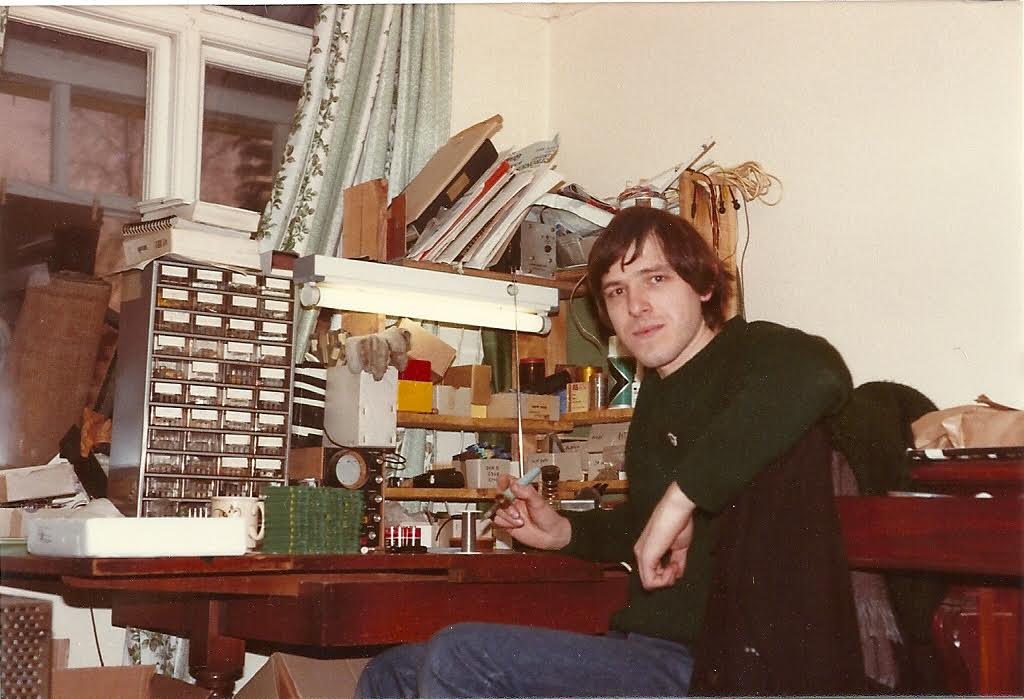
In 2003 I joined the University of Portsmouth where I set up undergraduate and postgraduate game development courses. Some of the first in the country (Abertay and Teesside were already up and running, but we weren’t that far behind). While at Portsmouth I set up Women in Games, holding the first conference in 2004. I also became an educational advisor to games industry trade body TIGA. I set up TIGA’s Accreditation scheme for games courses and ran this until I left TIGA in 2020. I completed a PhD in Ambient Gameplay in 2012 and was awarded TIGA Person of the Year in 2017.
I left the University of Portsmouth in 2019 and started writing books.
When you started working on games, did you think that the industry could grow this much?
Mark Eyles: When I was at Quicksilva in the early 1980s we did sometimes wonder how big the games industry would become. We could imagine it growing to the size of an existing entertainment industry, like the music industry for example, but did not predict it would grow so much bigger than all the other entertainment industries. I have been impressed by how games, game technology, and gameplay have crept into so many other aspects of our lives.
How many game projects have you had on the development team? What are their names?
Too many to list! I haven’t worked on hundreds of games, but certainly on tens of games. Either being involved design, development, publishing, marketing or management. I helped publish a lot of games in the early days of the industry while at Quicksilva. I introduced the idea of writing story blurbs to go with games, to try and flesh out the fictional worlds of the games. Have look at Sandy White’s Ant Attack where I created a name for the fictional city (Antescher) and tried to conjure a timeless world with the backstory.
What kind of changes have occurred since you started to work actively in the game development industry?
Mark Eyles: When I started out there was no games industry in the UK. We had to invent everything from scratch and made it up as we went along. There were no shops selling games, we had to sell mail order through adverts in magazines like Practical Wireless – there were no gaming magazines either. Game development companies had not emerged as a separate business. There were just videogame companies, who both developed and published games. Later independent game development companies emerged but in those early days everything was thrown in together. Around 1984 the suits joined the industry and it turned from a cottage industry into something more business like.
The technology has changed enormously, with the graphics in particular evolving out of all recognition. The first game at Quicksilva was on the ZX80. This was a version of the arcade game Defender but our graphics were letters, numbers and symbols – that was the best you could do. It was in black and white.
The gameplay has become more sophisticated, but you can still see the core mechanisms in games from the 1980s and earlier. Moving around environments attacking enemies, collecting things, using things, interacting with non-player characters.
Many players say and think that the old games are much better. What do you think is the reason behind this?
Mark Eyles: Nostalgia. Looking back through rose tinted spectacles makes the old games seem awesome. I think the truth is that they were awesome at the time and made a lasting impression. However, someone approaching the same old games now will see them as very dated and limiting. There has been a window of time as the games industry was growing when everything looked new and fresh. The experience of playing those first games was mind-blowing. Later generations will still be excited by games and impressed by new developments, but perhaps not have the same experience as people who grew up with the industry.
I remember the first time I played Myst. I couldn’t believe the incredible computer generated 3D world that had been created. When I went back to it recently I saw how crude it looks now. Also, the 3D world was rendered as 2D pictures in the original Myst. Now game worlds are normally in real-time 3D and have the option of being photoreal. I was mind-blown by Myst all those years ago; I doubt anyone would have that response now if they played the original point and click adventure.
Do you still have actively working in the game industry?
Mark Eyles: No, not really. Doing interviews like this. Sometimes helping out a bit at TIGA. I have been helping with some university courses as an external examiner, checking their quality. Though I’m stopping that now, too.
Are you still playing?
Mark Eyles: Yes, though not as much as I have done in the past. I play PC games, mainly action adventure and role playing.
What are your favorite games?
Mark Eyles: Currently I’m still playing Witcher 3 – what an incredible world. Assassin’s Creed Origins – once again, what an incredible world. I’ve had a play of Disco Elysium, which seems sort of more grown up, with interesting characters and interactions. Sable impressed me, the artwork looks like it was designed by the French comic artist Moebius (though it wasn’t, for obvious reasons). Raji An Ancient Epic has got to get a mention too. I first came across this when it was a Kickstarter. Great to see this Indian developer achieve success and get the game out. I think they had to take risks and put everything on the line to get it finished.
My past favourite games include Myst, Thief 2, Jedi Knight, Freespace 2, Grim Fandango, Bioshock – actually I just opened Steam and GOG to have a look. There are loads of them! I think I’m going to have to give up trying to list them all. What an impossible task!
Though I think Sentinel from 1986 needs to be mentioned. So completely original.
Out of the games I’ve worked on probably Aliens is my favourite, from around the same time as Sentinel. It was a sort of missing link between 2D games and first person shooters. The player worked their way through the rooms in a base, looking for aliens and face-huggers to shoot. They commanded a team, switching between the different characters. I designed the game working from the film script, before the movie was released.
You also have different projects. Can you talk about them too?
Mark Eyles: Since 2019 I’ve spending time writing books. I have my first science fiction novel, Icefall Cities, out and available on Amazon. The sequel, Firedrift Moon, is completed and just going through final edits before launch. These two books form the Vast Alien Crisis duology. They’re first contact, hard sci-fi, space operas with some incredible characters, environments and technologies.
In the 1990s, while I was a freelance game designer, I wrote comic strips for 2000AD and Sonic the Comic. I’ve always loved comics! Recently I’ve teamed up with an ambient artist, 4T Thieves, I first met when I started at the University of Portsmouth. We’ve produced a graphic novel together. 4T Thieves has created all the artwork using AI ‘speech to art’ technologies, while I’ve written the story, designed and laid out the graphic novel. It’s called Stellar Megastructure – Travels of Immortals. The artwork is incredible: photoreal computer generated characters and environments. We’re working at the cutting edge of what’s possible. The book’s pretty much ready for release, so should be out real soon.
Can I just mention that I’m learning to play the piano. It’s really hard! I’ve discovered that the secret is to practice every day – who knew?
We would like to thank Mr. Mark Elyes for all his hearty answers. If you want to read more interviews, you can check our Dr. Richard Wilson OBE interview.
